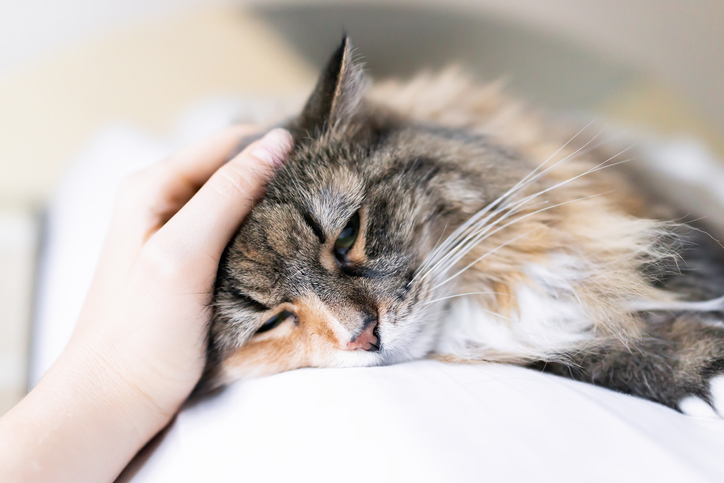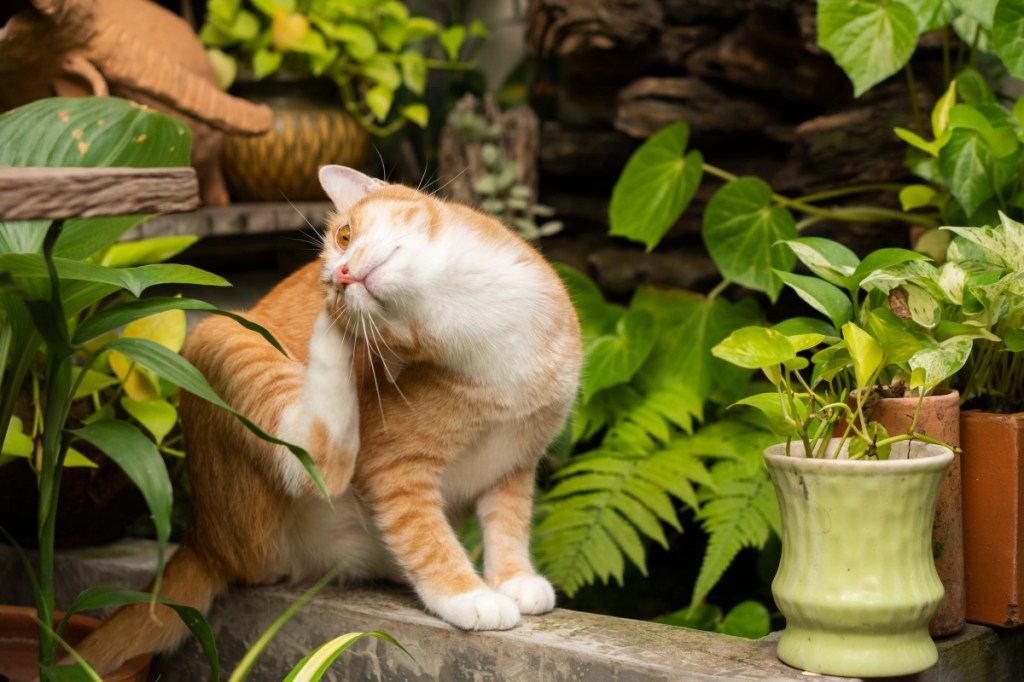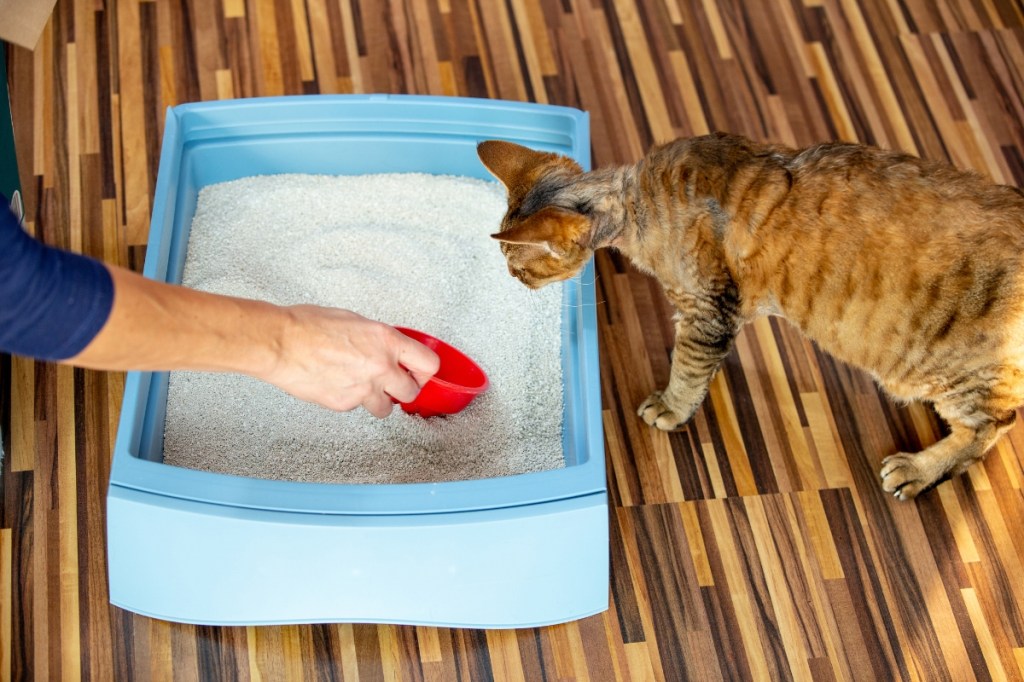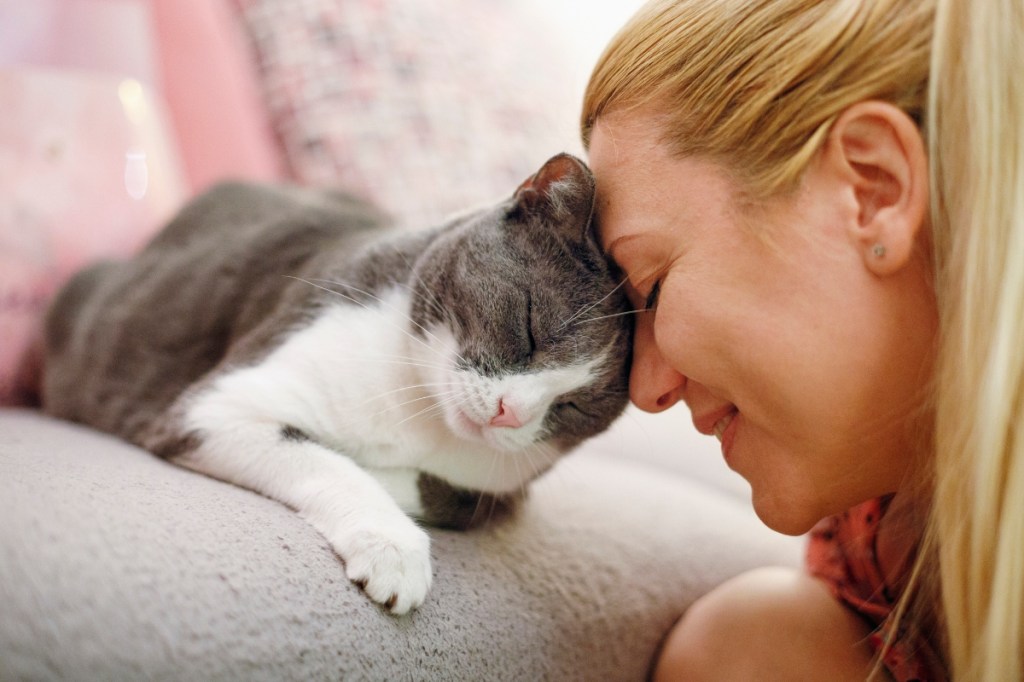Table of Contents
Content provided by JoAnna Pendergrass, DVM. Dr. Pendergrass is owner and founder of JPen Communications, a medical communications company specializing in consumer education.
If you have a cat, you’ve likely heard your veterinarian mention a disease called feline panleukopenia. Feline panleukopenia, a highly contagious and potentially fatal disease, is now relatively uncommon, thanks to the widespread use of effective vaccines against the disease. Although your cat is unlikely to develop feline panleukopenia, it is still worth learning a few facts about this disease.
What is feline panleukopenia?
“Panleukopenia” means a deficiency of all types of white blood cells, the cells that fight infection and disease. Feline panleukopenia, also known as feline distemper and feline parvovirus, is caused by a virus called feline panleukopenia virus (FPV). FPV, which attacks rapidly growing and dividing cells in a cat’s body, is part of a family of hardy viruses called parvoviruses. Parvoviruses can last in the environment for up to a year.
Because FPV is so hardy, most cats will be exposed to it during their lifetimes. An FPV-infected cat will shed the virus in their feces and bodily fluids for about 1 to 2 days; cats that come into contact with these bodily secretions can become infected. The virus can also end up on objects like food bowls, bedding, and the clothing of people handling the infected cat; thus, people can inadvertently spread the virus to uninfected cats. Pregnant FPV-infected cats can transmit the virus to her unborn kittens through the placenta.
Places where cats live in close quarters, such as animal shelters and pet shops, can easily become reservoirs for feline panleukopenia because of the likelihood of FPV exposure.
Feline parvovirus symptoms
Most FPV-infected cats do not show signs of disease; this is called “subclinical infection.” Young kittens (3–5 months old), sick cats, and unvaccinated cats are most susceptible to illness after an FPV infection. In these cats, the time from infection to clinical signs is anywhere from 2–7 days.
Clinical signs of feline panleukopenia, listed below, are due to the destruction of rapidly dividing and growing cells, such as those in the intestines and bone marrow:
- Appetite loss
- Nasal and ocular discharge
- Dull, rough hair coat
- Depression and listlessness
- Vomiting and severe diarrhea
- Sitting for hours by the water bowl but not drinking water
- Sudden death in very young kittens
Kittens born to FPV-infected queens may have severe damage to their cerebellum, the part of the brain that coordinates muscle movements. Cerebellar ataxia, which causes uncoordinated movement and muscle tremors, is a characteristic clinical sign of FPV-infected kittens. Unfortunately, unborn kittens who are infected with FPV in utero may not survive to term.
Feline panleukopenia diagnosis
A veterinarian will diagnose feline panleukopenia based on clinical signs, a history of FPV exposure, and inadequate vaccination. On a physical exam, a sick FPV-infected cat will have a high fever and be very dehydrated; their skin will have lost its natural elasticity. If FPV is suspected, the veterinarian will perform bloodwork, which will show a deficiency of all types of white blood cells.
Feline panleukopenia treatment
No medical treatment is available that can kill FPV. Nonetheless, sick cats need intensive supportive treatment to stand a chance for survival. Such treatment includes intravenous fluid therapy to treat dehydration, antibiotics to fight off infection, nutritional support, and blood transfusion. Infected cats must be isolated during treatment to prevent infection of other cats; cats who may have had direct or indirect exposure to the sick cat should be monitored for signs of illness.
Without intensive treatment, mortality rates for feline panleukopenia can reach 90%. Sick FPV-infected kittens who are less than 8 weeks old are unlikely to survive.
Cats who survive an FPV infection, and those with a subclinical FPV infection, develop lifelong immunity. After treatment, though, infected cats can shed the virus for up to 6 weeks, meaning that they can still infect other cats after having been treated.
What can you do?
It’s easy: vaccination! The FPV vaccine is considered a core feline vaccine, meaning that all cats should receive it. Kittens receive their first FPV vaccine at 6–8 weeks old, then get follow-up vaccines every 3–4 weeks until 16 weeks of age. Because immunity from these initial vaccines weakens over time, cats will need FPV booster vaccines; your veterinarian will determine how often your cat will need these boosters.
Feline panleukopenia is an uncommon yet serious disease, especially for young kittens and sick, unvaccinated cats. Protect your cat from this disease by ensuring that they are up-to-date on their vaccinations.
If you love your pets like family, you want to protect them like family. By enrolling in pet insurance, you can save up to 90% on vet bills which means saying “yes” to life-saving treatments, no matter the cost. If you’re not a part of our pack, start by getting a free quote for a Healthy Paws Pet Insurance plan.
The content is not intended to be a substitute for professional veterinarian advice, diagnosis, or treatment. Always seek the advice of your veterinarian or other qualified health provider with any questions you may have regarding a medical diagnosis, condition, or treatment options.








